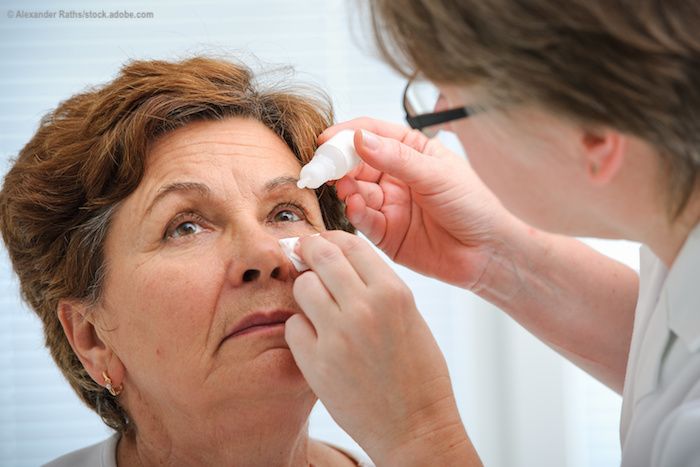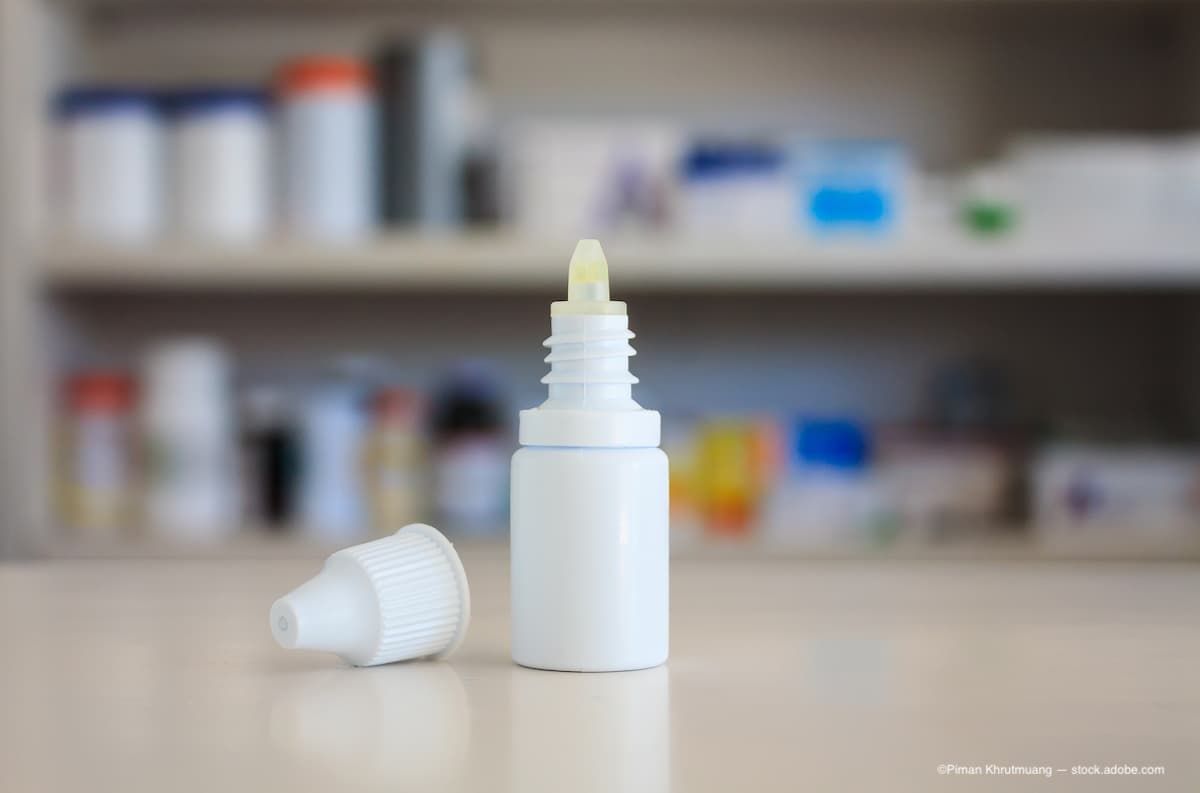Article
Phase II study shows potential for first-in-class dry eye treatment
Author(s):
BRM421 safe, well tolerated in controlled adverse environment model

In a phase II study, treatment with BRM421 was safe and could potentially treat visual function fluctuation among dry eye patients.
In a phase II study, BRM421 significantly improved signs and symptoms in patients with moderate to severe dry eye, said Uma Prabhakar, PhD. The 29-amino acid synthetic peptide is derived from pigment epithelium-derived factor, according to Dr. Prabhakar, independent consultant, Blue Bell, PA.
The secreted glycoprotein has several known biologic effects, including promotion of tissue regeneration at the ocular surface.
This kind of derivative has been shown to promote growth and expansion of limbal epithelial stem cells after wounds in both mice and rabbits, Dr. Prabhakar noted.
Both toxicology studies and in vitro research with BRM421 has had encouraging results. When used in rabbits and dogs, no ocular or systemic effects were seen after 28 days with use of the planned clinical dose.
“Essentially, the cornea, conjunctiva, and sclera were normal,” Dr. Prabhakar said.
The agent also was not observed in systemic circulation. The phase II multicenter, double-masked, clinical study with BRM421 included 157 subjects with dry eye. All subjects used a controlled adverse environment model.
For one week, patients were given a placebo, and then they were randomly assigned to receive BRM421 or a placebo control for three times a day bilaterally for 28 days. Researchers monitored signs and symptoms at days 1, 8, 15, and 29.
“The number of adverse events between treatment and placebo were very similar,” Dr. Prabhakar said. “There were no significant adverse events and no withdrawals due to adverse events associated with administration.”
Diving deeper
There were changes in pre- and post-Ocular Surface Disease Index scores, but they were not significant.
“However, with respect to secondary endpoints, almost all were numerically in favor of BRM421, and some were statistically significant,” Dr. Prabhakar said.
At visit five-about 50 days into treatment- BRM421 prolonged tear break-up time and relieved burning and dryness. There also was improved visual function for reading and working with a computer observed as early as visit three.
The results appear to indicate early onset of action, Dr. Prabhakar said. When focusing on a subanalysis of moderate to severe patients, mean changes in staining significantly improved after BRM421 use (p = 0.0248). This occurred at 10 to 12 days post-treatment.
“In the same population, we also saw that BRM421 relieved dryness, and this again was as early as visit three,” she said.
BRM421 is a first-in-class potential dry eye treatment and has early onset of action for corneal healing and tear film break-up time improvement. The therapy has potential to control damage-associated molecular pattern-induced inflammation and subsequent tissue edema, Dr. Prabhakar concluded.
Disclosures:
Uma Prabhakar, PhD This article was adapted from Dr. Prabhakar’s presentation at the 2018 meeting of the American Academy of Ophthalmology. Dr. Prabhakar is an independent consultant at Uma Prabhakar Consulting LLC, Philadelphia. She did not indicate any relevant financial disclosures.




